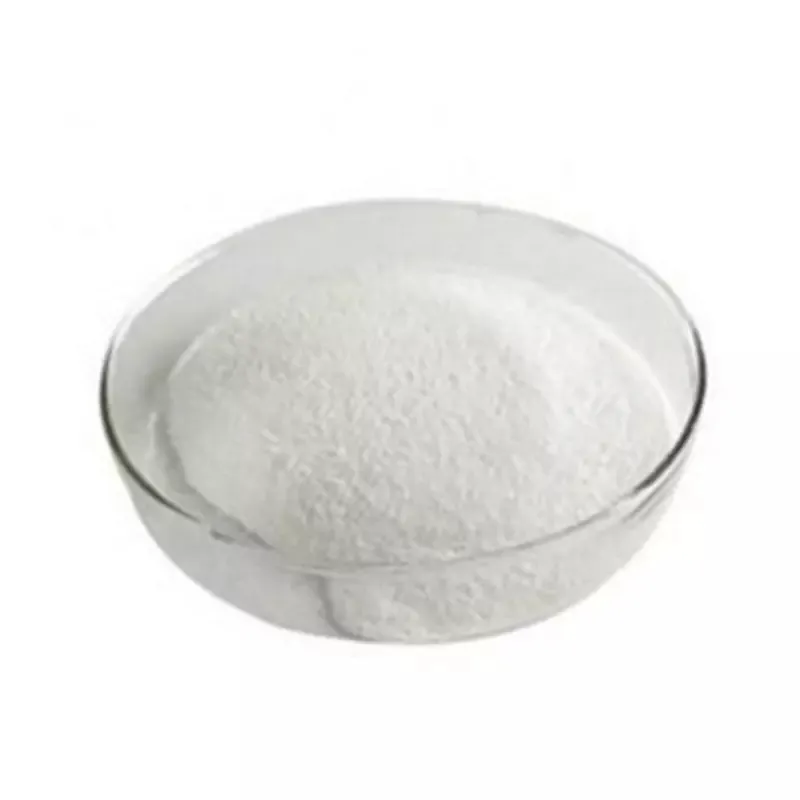Warning: Undefined array key "title" in /home/www/wwwroot/HTML/www.exportstart.com/wp-content/themes/1198/header.php on line 6
Warning: Undefined array key "file" in /home/www/wwwroot/HTML/www.exportstart.com/wp-content/themes/1198/header.php on line 7
Warning: Undefined array key "title" in /home/www/wwwroot/HTML/www.exportstart.com/wp-content/themes/1198/header.php on line 7
Warning: Undefined array key "title" in /home/www/wwwroot/HTML/www.exportstart.com/wp-content/themes/1198/header.php on line 7
- Afrikaans
- Albanian
- Amharic
- Arabic
- Armenian
- Azerbaijani
- Basque
- Belarusian
- Bengali
- Bosnian
- Bulgarian
- Catalan
- Cebuano
- China
- China (Taiwan)
- Corsican
- Croatian
- Czech
- Danish
- Dutch
- English
- Esperanto
- Estonian
- Finnish
- French
- Frisian
- Galician
- Georgian
- German
- Greek
- Gujarati
- Haitian Creole
- hausa
- hawaiian
- Hebrew
- Hindi
- Miao
- Hungarian
- Icelandic
- igbo
- Indonesian
- irish
- Italian
- Japanese
- Javanese
- Kannada
- kazakh
- Khmer
- Rwandese
- Korean
- Kurdish
- Kyrgyz
- Lao
- Latin
- Latvian
- Lithuanian
- Luxembourgish
- Macedonian
- Malgashi
- Malay
- Malayalam
- Maltese
- Maori
- Marathi
- Mongolian
- Myanmar
- Nepali
- Norwegian
- Norwegian
- Occitan
- Pashto
- Persian
- Polish
- Portuguese
- Punjabi
- Romanian
- Russian
- Samoan
- Scottish Gaelic
- Serbian
- Sesotho
- Shona
- Sindhi
- Sinhala
- Slovak
- Slovenian
- Somali
- Spanish
- Sundanese
- Swahili
- Swedish
- Tagalog
- Tajik
- Tamil
- Tatar
- Telugu
- Thai
- Turkish
- Turkmen
- Ukrainian
- Urdu
- Uighur
- Uzbek
- Vietnamese
- Welsh
- Bantu
- Yiddish
- Yoruba
- Zulu
ሐምሌ . 28, 2024 13:39 Back to list
Exploring the Versatile Applications and Benefits of Propylene Glycol in Various Industries
The Versatile Uses of Propylene Glycol A Comprehensive Overview
Propylene glycol, a synthetic organic compound, is a colorless and odorless liquid that has gained immense popularity across various industries due to its versatile properties. With the chemical formula C3H8O2, it is a humectant, solvent, and emulsifier, making it an essential ingredient in many products we encounter daily. This article explores the primary uses of propylene glycol, shedding light on its significance in different sectors.
1. Food Industry
One of the most common applications of propylene glycol is in the food industry. It is recognized by the FDA as GRAS (Generally Recognized As Safe) and is used as a food additive. Primarily, it serves as a humectant, helping to retain moisture in food products and enhancing their shelf life. You can find propylene glycol in various food items, including baked goods, salad dressings, and flavorings. Additionally, it acts as a solvent for food colorings and flavors, making it an essential component in the creation of vibrant and appealing products.
In the pharmaceutical industry, propylene glycol acts as a solvent for oral, injectable, and topical medications. Its ability to dissolve both hydrophilic and lipophilic compounds makes it a suitable choice for formulating a wide range of drugs, including vitamins, hormones, and antibiotics. Moreover, propylene glycol is frequently employed as a vehicle for pharmaceuticals, allowing for improved absorption of active ingredients in the body.
3. Cosmetic and Personal Care Products
propylene glycol use

Propylene glycol is also a popular ingredient in cosmetic and personal care products. Its hydrophilic nature enables it to attract and retain moisture, making it an effective moisturizer. It is commonly found in skin creams, lotions, shampoos, and deodorants. The compound also serves as a solvent for various active ingredients, enhancing the stability and efficacy of formulations. Additionally, due to its low toxicity level, it is considered safe for use in products that come into contact with the skin.
4. Industrial Applications
Beyond food and personal care, propylene glycol has numerous industrial applications. It is used as an antifreeze and coolant in automotive and industrial applications due to its lower toxicity compared to ethylene glycol. In the manufacturing of plastics, it acts as a plasticizer, improving flexibility and durability. Additionally, it is employed in the production of resins, adhesives, and paints, where it serves as a solvent and stabilizing agent.
5. Animal Feed
Propylene glycol is also utilized in the animal feed industry. It serves as an energy source for ruminants, particularly during periods of stress, such as weaning or transport. Its incorporation in animal diets can help improve feed efficiency and overall health, making it a valuable additive in livestock nutrition.
Conclusion
Propylene glycol is a multifaceted compound with a wide range of applications that touch various aspects of daily life, from food and pharmaceuticals to cosmetics and industrial products. Its unique properties, including its ability to retain moisture, dissolve substances, and enhance product stability, make it an invaluable ingredient across diverse industries. As awareness of safety and efficacy continues to grow, propylene glycol's role in modern formulations is likely to expand further, highlighting its importance in both consumer products and industrial applications. Given its extensive use and versatility, propylene glycol undoubtedly plays a significant role in enhancing the quality and safety of many products we rely on every day.
Latest news
-
Certifications for Vegetarian and Xanthan Gum Vegetarian
NewsJun.17,2025
-
Sustainability Trends Reshaping the SLES N70 Market
NewsJun.17,2025
-
Propylene Glycol Use in Vaccines: Balancing Function and Perception
NewsJun.17,2025
-
Petroleum Jelly in Skincare: Balancing Benefits and Backlash
NewsJun.17,2025
-
Energy Price Volatility and Ripple Effect on Caprolactam Markets
NewsJun.17,2025
-
Spectroscopic Techniques for Adipic Acid Molecular Weight
NewsJun.17,2025

